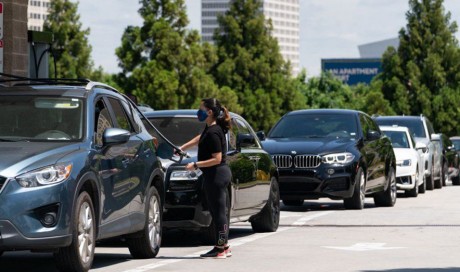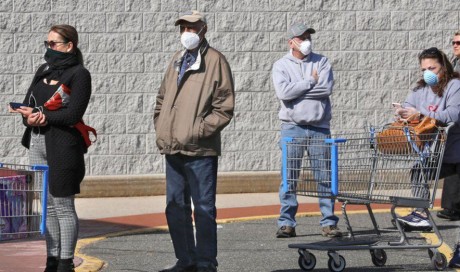- About 866 tonnes of cocaine were produced in 2016, new report suggests
- Farc rebels say they will work with government to find crop substitute
Colombia has spent years trying to shake off its reputation as the cocaine capital of the world, but the country is producing more of the drug than ever before, according to new figures from the United Nations.
Deforestation soars in Colombia after Farc rebels' demobilization
Read more
An estimated 866 tonnes of cocaine were produced at clandestine labs across the country in 2016, according to the UN Office on Drugs and Crime (UNODC). In 2015, the estimate was 649.
In terms of the area planted with coca, the raw material used for cocaine, Colombia is back at the same levels as in 2001, when a huge US-backed anti-narcotics effort known as Plan Colombia was just getting under way. Coca crops covered 146,000 hectares in 2016, up 52% from 96,000 in 2015. Higher yields from mature plants mean more cocaine can be produced per hectare planted.
The results of the study “show a complex panorama”, said Bo Mathiasen, the UNODC’s representative in Colombia.
José Ángel Mendoza, the head of Colombia’s counter-narcotics police, said Colombia faced “a difficult historical moment”, but stressed that the figures reflected the state of the country on 31 December 2016.
Since then, the government has put in place an ambitious plan to eradicate 100,000 hectares of coca by the year’s end. Half of that amount is to be forcibly eradicated, and the other half removed through crop substitution agreements with coca farmers.
The substitution program is part of a peace deal with Farc rebels, who renounced drug trafficking as part of their demobilization deal. During much of the group’s 53 years as an armed insurgency, it financed its fight through the drug trade.
Former combatants have committed to work with the government to convince farmers to replace coca crops with another way to make a living.
“The history of drug crops is divided in two: before and after the beginning of the post-conflict period,” said Enrique Gil Botero, the justice minister.
Already 40% of the goal of forced eradication has been met, and 86,000 families – who account for as much as 76,000 hectares of coca – have signed on to crop substitution programs in exchange for subsidies of about $11,000 per farmer over the course of two years, according to the government.
Colombia's armed groups sow seeds of new conflict as war with Farc ends
Read more
“Having the Farc on the side of substitution and not on the other side makes a difference,” said Rodrigo Pardo, who heads the government agency in charge of implementing the peace agreement.
But the deal on crop substitution with the Farc, announced before the final peace deal was finalized last year, also provided a perverse incentive for farmers to grow coca, knowing they would later be awarded subsidies. Cocaine production began increasing in 2013, rising steadily every year since. In 2014 the Colombian government ended aerial fumigations in over health concerns.
A significant rise in the number of hectares planted with coca, the raw material used in cocaine, had already been reported by the White House, which uses its own measurements. While calculating 180,000 hectares of coca, the US figured the country produced about 700 tonnes of the drug in 2016.
Share This Post















